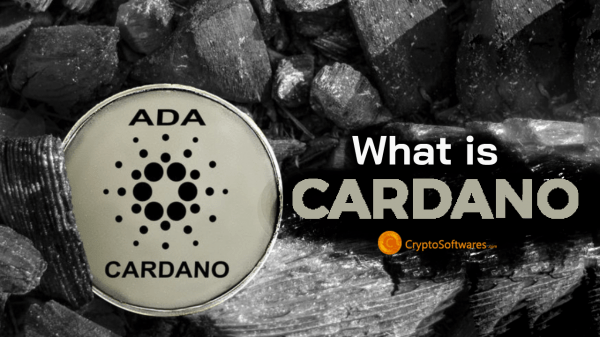
What is Cardano (ADA) ? – A Complete Guideline
Subscribe
If you are a cryptocurrency enthusiast, you have likely heard of Cardano and its native cryptocurrency ADA. Cardano is a third-generation, decentralized proof-of-stake blockchain platform created to be an effective alternative to the proof of work validation systems. Its native cryptocurrency ADA was at its all-time low of $ 0.02 about a year ago. Since then, ADA has soared nearly 7400% and is among one of the top cryptocurrencies in the world with a market cap of over 43 billion dollars today. It is currently priced at $1.38. So what exactly is Cardano? Why did ADA soar exponentially? How can you invest in Cardano? What will ADA’s price be in the future? Let’s find out.
What is Cardano?
Cardano is a public, open-source blockchain platform that is used for developing and running smart contracts and similar decentralized protocols. Its development began under a team led by the co-founder of Etherum Charles Hoskinson in 2015. The platform was launched along with its native cryptocurrency ADA in 2017. Cardano operates based on the Ouroboros consensus protocol created by Cardano itself. It is one of the most secure proofs of stake protocols. Cardano employs a two-tiered network, which provides quicker transaction processing time. It stands out from similar networks because of using peer-reviewed scientific research to constantly update the platform. Cardano claims to be the first blockchain platform to develop out of a scientific philosophy and a research-driven approach. The platform is also highly focused on guarding the privacy of users, and the needs of regulators. This is unprecedented among cryptocurrencies. It is considered as one of the cryptocurrencies with the largest potential to gain mainstream adoption because of its regulator-friendly nature.Uses of Cardano
ADA, the native coin of the Cardano network can be used for the transfer of value similar to the various other cryptocurrencies such as Bitcoin, Ethereum, etc… It has many other uses too. One of the core principles of the platform is its proof of stake blockchain protocol where the token ADA is staked to the blockchain to support “stake pool operators” to confirm the transactions on the blockchain. Users who stake their crypto to the blockchain are compensated for their troubles with further ADA cryptocurrency in return. This staking system aids in maintaining security everywhere on the blockchain. ADA can also be used in voting. It is not the miners who vote and decide on changes to the protocol in Cardano as opposed to other platforms, it is token holders. So, when an innovation or development is proposed to the Cardano blockchain, ADA crypto holders use their ADA to decide on these recommendations. Everyone who holds the cryptocurrency ADA has a say in its future direction. In the future, ADA will also be utilized to run the smart contract platform on the blockchain. Developers will use ADA to develop smart contracts and apps that operate on the secure, decentralized, and reliable Cardano blockchain.How to Invest in Cardano?
ADA is one of the most popular cryptocurrencies in the world today. So it is relatively easier to invest in it. ADA is listed in all of the major crypto exchanges. You can buy it from cryptocurrency exchanges such as Binance, Coinbase, WazirX, eToro, Kraken, Voyager, etc… You have to first create an account in any of these exchanges. Then you can add money into your wallet and proceed to buy ADA.Read more on Create ADA Token on Cardano Blockchain
Cardano Coinbase Price Prediction
ADA is currently priced at $ 1.30. The price has recently dipped due to the recent downward trend in the whole crypto market. The coin has an all-time high of $ 2.47. Many experts believe that ADA will soon surpass this marker and soar to new heights. The coin has solid fundamentals and huge potential. So it is considered a strong bet in the long run. Experts have predicted Cardano to hit the $2 mark by 2022, and continue surging and reach the $5 mark by 2024-25. Optimists also have the coin reaching $8 to $20 in the future. These long-term price predictions can provide insights into Cardano’s growth and projected value. ADA is primed to surge in price once again and display its true potential. Cardano is also relatively new, which implies that investors and traders can still get in early and position themselves for huge financial gains. Significant profits can be potentially earned by investing in this promising project.Conclusion
Finally you came to know about what is Cardano ( ADA ) & its use cases, how to invest in cardano and more. Cardano is one of the most promising blockchain projects out there today. It has solid fundamentals and a genuine long-term vision for its blockchain. Cardano allows developers to produce custom tokens and import projects from different blockchains to the network. This makes the blockchain ideal for the latest innovations in the crypto space such as DeFi and NFT. Cryptosoftwares can help you develop your projects including smart contracts and dapps that run on the secure, decentralized, and reliable Cardano blockchain.- What is Cryptojacking? Detection and Preventions Techniques
- How to Give Cryptocurrency As a Gift?
- Blockchain Development Life Cycle – Step by Step Guide
- How To Hire A Blockchain Developer For Your Company
- How to Choose the Right Bitcoin Development Company – A Complete Guide
- Common Bitcoin Scams – Beware Of Fraudsters
- How can entrepreneurs leverage blockchain in 2023?
- Role of Blockchain in Cyber Security
- Document and Certificate Verification Through Blockchain Technology
- Initial Coin Offering (ICO): Everything you need to know in 2023
- Categories
- Azure Blockchain Service
- Bitcoin
- Bitcoin Development
- Blockchain Application
- Blockchain Application Development
- blockchain developer
- Blockchain Development
- common bitcoin scams
- Crypto software features
- Crypto softwares
- Cryptocurrency
- Cryptocurrency Development
- Cryptocurrency Exchange Software Development
- Cryptocurrency review
- Cryptocurrency Trading
- Cryptocurrency Wallet Development
- ERC20 Token Development
- Hashing Algorithm
- ICO Development
- ICO Development Service
- ico website development
- Proof of Stake Coins
- Smart Contract Development
- Uncategorized

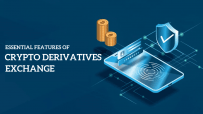
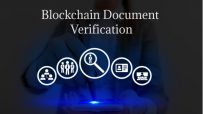
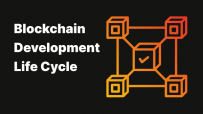


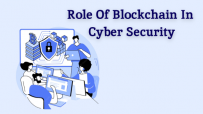


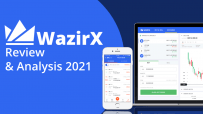
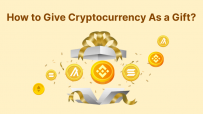
Leave a Reply